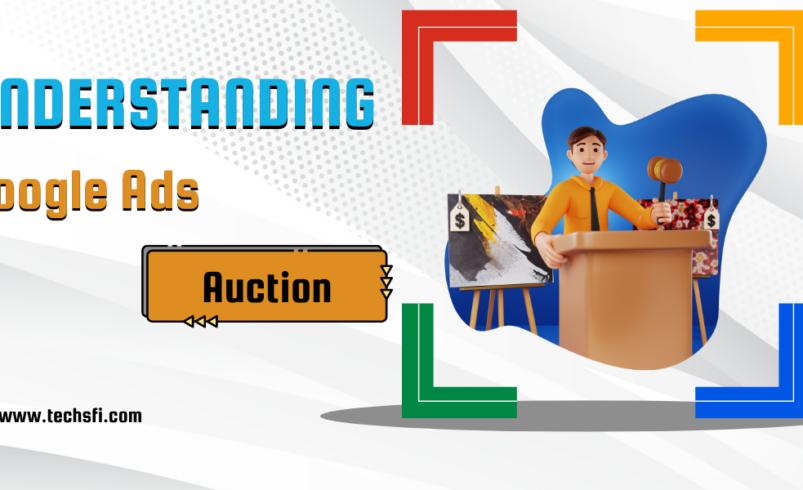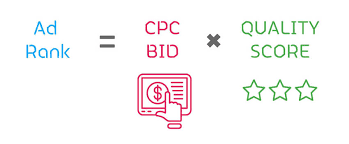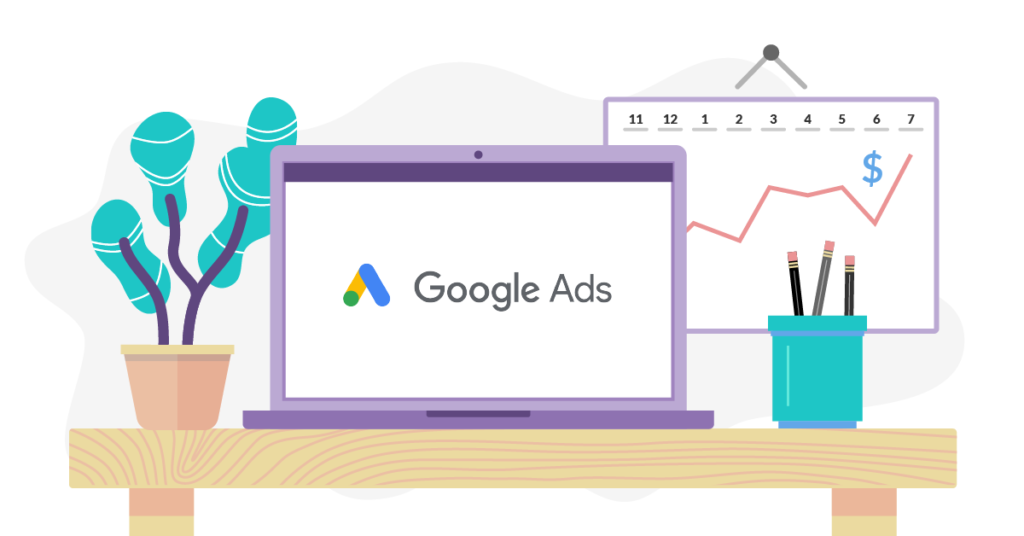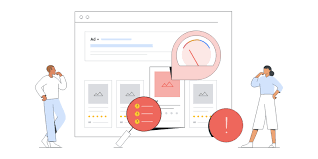
Understanding Google Ads Auction: How It Works in 2024
In the fast-paced world of digital marketing, Google Ads stands as one of the most powerful tools for businesses to drive traffic, increase sales, and grow their brand presence. Whether you’re a seasoned marketer or a beginner stepping into the world of search engine marketing (SEM) and pay-per-click (PPC) advertising, understanding how the Google Ads auction works is crucial. This article will walk you through the Google Ads auction process, step by step, with insights tailored for SEM freshers, PPC enthusiasts, and marketers with less than a year of experience.
At TechSFI, a results-driven digital marketing agency specializing in Google Ads and SEO, we’ve helped clients optimize their ad campaigns, generating quality leads and ensuring high returns on investment (ROI). In this blog, we’ll share the fundamentals of the Google Ads auction, explaining the key concepts you need to understand to succeed in paid advertising.
What Is the Google Ads Auction?

The Google Ads auction is the process by which Google decides which ads to show in response to a search query and in which order they should appear. It’s not just about who is willing to pay the most; rather, Google uses a combination of Ad Rank and Quality Score to determine the position of each ad.
This process occurs in milliseconds every time someone enters a search query on Google.
Key Terms to Know
Before diving into the specifics of the auction process, let’s familiarize ourselves with some key terms:
- Ad Rank: A score that determines the position of your ad in the search engine results. It’s based on factors like bid amount, quality of your ad, and expected impact from ad extensions.
- Bid: The maximum amount you’re willing to pay for a click on your ad.
- Quality Score: A metric that measures the quality and relevance of your ads, keywords, and landing page. It is influenced by click-through rate (CTR), ad relevance, and landing page experience.
- CPC (Cost-Per-Click): The amount you’re charged for each click on your ad.
- Impression: Every time your ad is shown to a user.
Now that we’ve established some foundational terms, let’s explore how the auction works.
The Google Ads Auction Process
When a user enters a search query, Google Ads runs an auction to decide which ads will appear. This auction happens in a fraction of a second and consists of three key steps:
1. Identifying Ads That Are Eligible
Google’s first step is to identify all the ads that are eligible to appear for the user’s search query. Ads are eligible based on the keywords they’re targeting. If your ad campaign includes a keyword that matches or is relevant to the search query, your ad enters the auction.
Pro-tip for beginners: Use broad match keywords in the beginning, but refine them using phrase match and exact match as you gather data. This will help improve the relevance of your ads over time.
2. Calculating Ad Rank
Once Google identifies all eligible ads, the next step is to calculate the Ad Rank for each ad. Ad Rank determines where your ad will appear (or if it will appear at all). The higher your Ad Rank, the better your position on the search results page.
Ad Rank is determined by:
- Your bid: The maximum amount you’re willing to pay per click.
- Quality Score: This is arguably one of the most important factors in the auction process. A high-quality score can result in a lower cost-per-click (CPC) and higher ad position.
- Ad relevance: How well your ad matches the user’s intent and the search query.
- Expected CTR: Google’s prediction of how likely it is that users will click on your ad.
- Landing page experience: The quality and relevance of the page users will land on after clicking your ad.
- Ad extensions: Additional information (like phone numbers, reviews, or site links) that can make your ad more compelling.
Pro-tip for SEM beginners: Focus on optimizing your Quality Score by improving the relevance of your ads, using well-structured landing pages, and writing engaging ad copy.
3. Determining the CPC (Cost-Per-Click)
Contrary to popular belief, you don’t always pay your maximum bid. Instead, the amount you pay per click is based on the ad rank of the next-highest ad below yours, divided by your Quality Score.
Here’s a simple formula:
This means that the better your Quality Score, the less you’ll pay for a higher ad position. A higher Quality Score can help you rank higher than competitors who may be bidding more.
Example: If your Quality Score is 8 and your competitor’s Ad Rank is 24, your CPC will be:
Pro tip: Don’t just focus on increasing your bids; improving your Quality Score can reduce your CPC and improve your overall ROI.
4. Showing Ads to Users
Once Ad Rank and CPC are determined, Google decides which ads will appear and in what order. Only the ads with the highest Ad Rank will show, and only if they meet Google’s threshold for quality.
Google considers Ad Rank thresholds based on:
- Query context: Relevance of the ad to the search query.
- Device: Desktop, mobile, or tablet.
- User signals User location, time of day, and previous browsing behaviour.
Ads that meet these thresholds and have higher Ad Ranks are displayed in the top positions, either above or below the organic search results.
Also Read: Direct Marketing vs Branding: A 2024 Perspective
Key Factors to Improve Your Ad Rank in 2024

For SEM and PPC freshmen, improving your Ad Rank is the key to running successful campaigns. Here are some strategies you can implement to boost your Ad Rank:
1. Optimize for Quality Score
- Write compelling ad copy that speaks to user intent.
- Ensure your landing page is fast, mobile-friendly, and relevant to the ad.
- Use A/B testing to improve your ad relevance and CTR.
2. Use Relevant Keywords
Make sure your keywords align with the intent of the search query. Use tools like Google Keyword Planner to find relevant keywords and match them with your audience’s intent.
3. Leverage Ad Extensions
Google rewards ads with ad extensions. Use site links, call extensions, and structured snippets to enhance your ad’s performance.
4. Focus on User Experience
Ensure a seamless journey from ad clicks to conversion. A smooth, user-friendly landing page boosts the quality score and increases the chances of a better Ad Rank.
Know More About Google Ad Rank by Google Ads Help.
Conclusion

Understanding the Google Ads auction process is essential for running effective campaigns. The process revolves around three key factors: your bid, Quality Score, and Ad Rank. As a beginner in SEM or PPC, focusing on these factors will help you craft better ads, optimize for higher positions, and maximize your budget.
Ready to optimize your Google Ads campaigns? Contact TechSFI, the digital marketing agency that excels in Google Ads and SEO. We deliver result-based strategies to grow your business and generate leads.

